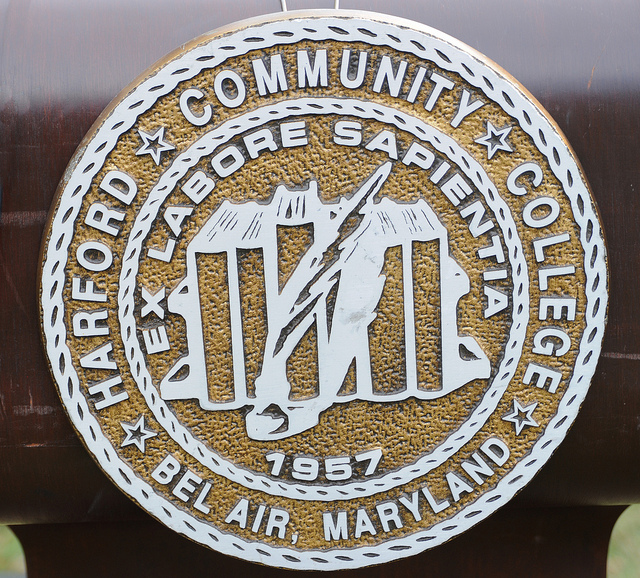By Victoria Tillson Evans, Ph.D.
Common sense would seem to dictate that community colleges are the most economical choice for families looking to save money on Bachelor’s Degrees. After all, the average 2012-2013 tuition fees of $3,131 are generally lower than what students can borrow in federal Subsidized Direct Loans, which allot $3,500 for a student’s first year, $4,500 for the second year, and $5,500 for the third year and beyond up to a total of $23,000. So if you wanted to start your education at one of these schools and then transfer to a four-year university, you would theoretically save alot money. Add that to the fact that community college students generally commute to school, rather than live on campus, and families can see their substantial savings in room and board costs. But what if I told you that attending a two-year public institution may not actually be an economically sound decision for students wishing to obtain a Bachelor’s Degree?
Many families don’t realize that when their children select the community college option, that they are complicating, and thus reducing, their chances of earning a Bachelor’s Degree. Statistics show that roughly a quarter of students who start their education at public community colleges manage to transfer into a four-year school. Add that hurdle to the fact that only 44.3-53.2% of undergraduate students finish their degrees in four-years, and 55.5-66.3% complete them in six, and getting a college degree seems an even more distant prospect.
So what tends to be the problem?
The issue has less to do with the abilities of these students than with the intricacy of transfer admissions process. Not only do the requirements and expectations vary greatly from college to college, but also four-year institutions do not always accept the class credits earned at two-year schools. That can mean that your child has spent two years working towards completing a degree in his or her chosen discipline, only to discover that he or she needs to back track at a new university. You can imagine how incredibly frustrating and discouraging this is for students!
In financial terms, it means that your child will likely become one of those students who finishes college in five or six years, rather than in the traditional four. So what you thought would translate into serious savings has actually cost your child both in terms of time and money. Plus, those Subsidized Direct Loans your child took out to finance the first two years at community college deplete the less costly resources available to finance the more expensive four-year school. After all, they are only offered for up to $23,000. Now, you and your child may instead have to take out Direct Unsubsidized Loans, parental Direct PLUS Loans, or even less-favorable private ones, which all have higher interest rates and worse repayment terms, in order to pay for your child’s degree.
The costs, however, are not only limited to financial ones, but social and academic ones as well. In most cases, students form their on-campus social networks during their freshman year, when they are living in dorms and everyone is looking to make new friends. Many transfer students often find it very difficult to integrate into campus life during their sophomore or junior years, and many colleges lack organized programs to help smooth this transition. In addition, transfer students spend a lot of time at their new schools completing distribution requirements or repeating courses that they already took at their community college. As a result, students who start their higher education at a community college not only have to work much harder to complete their degree on time, but they also miss out on opportunities like course electives and study abroad.
So unless your child is academically ineligible to enroll at a four-year university, it may make more all-around sense for him or her to apply directly to a Bachelor’s Degree program and skip the community college option.

Comments are closed.